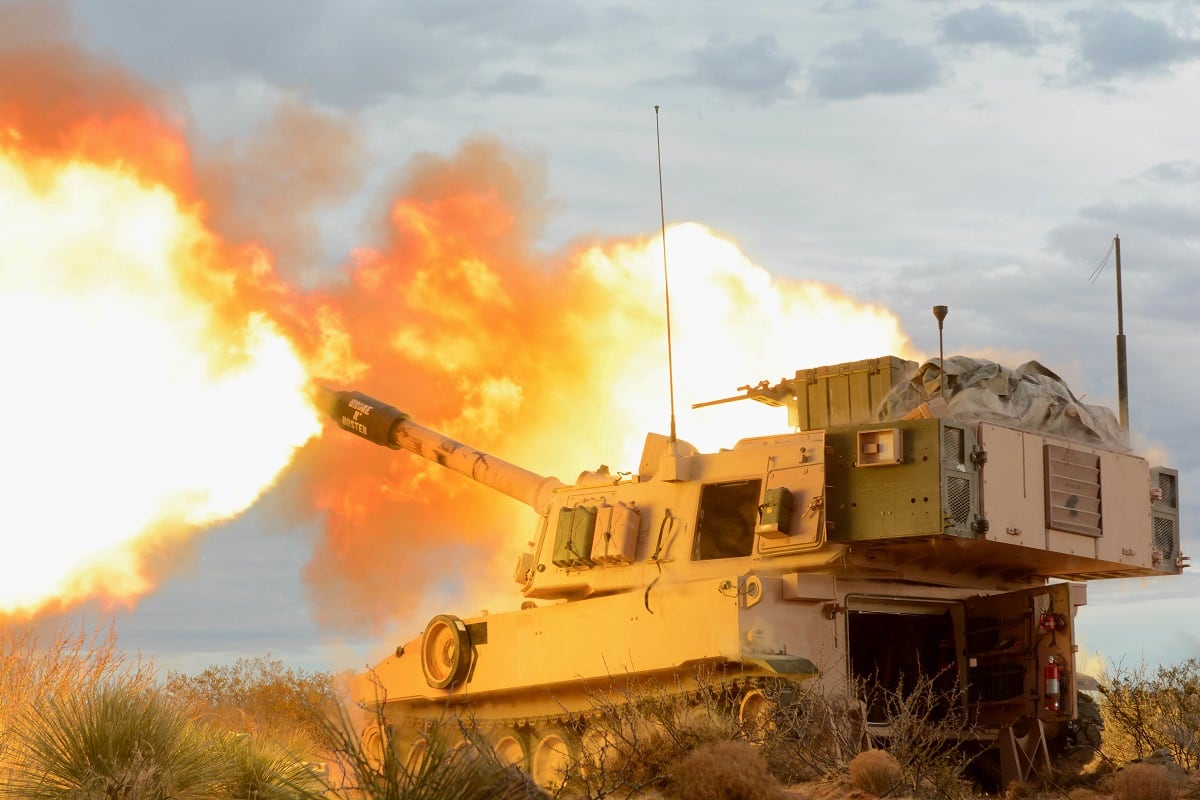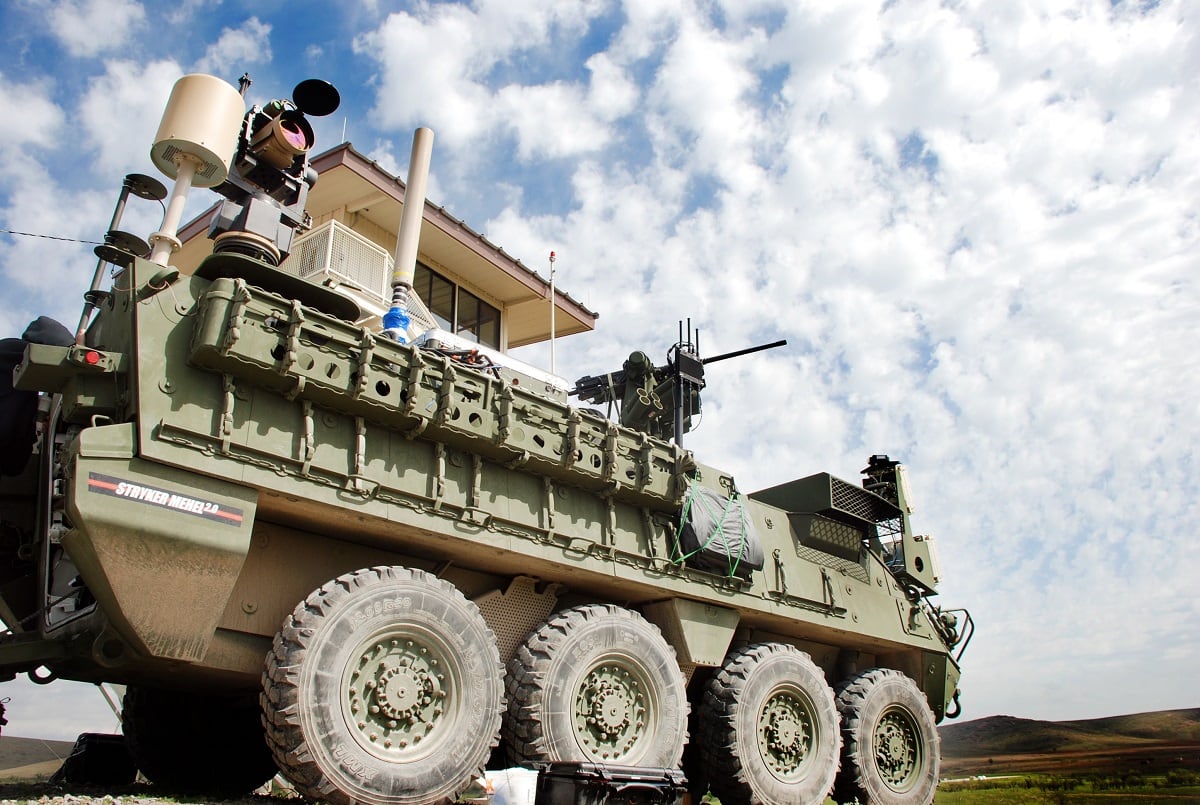WASHINGTON — U.S. Army weapons and munitions technology development is getting a big cash injection in the fiscal 2019 spending bill, which emerged from conference committee late Sept. 13.
Research, development, technology and evaluation dollars for weapons and munitions technology saw a $343 million boost in the appropriations bill expected to be voted on by both chambers this week. The Army had requested just $40.44 million in RDT&E funding to improve weapons and munitions, but lawmakers are providing a total $383.44 million.
Additionally, the bill adds $139.68 million to the Army’s RDT&E budget for weapons and munitions advanced technology. The Army requested just $102 million in FY19.
A large portion of the funding is targeted at the Army’s top modernization priority — Long Range Precision Fires.
RELATED

The Army is planning to demonstrate LRPF technology, from a precision-strike missile — with a range of 499 kilometers — to hypersonics and ramjet capabilities within the next couple of years that could allow missiles to reach up to 1,000 nautical miles.
Since the Army’s budget request dropped in February this year, the service has formed cross-functional teams to tackle six top modernization priorities. Those CFTs have come up with more concrete road maps to rapidly modernize the force to go up against peer adversaries like Russia and China.
“There is a real need to modernize our surface-to-surface fires at echelon to be able to guarantee a clear overmatch against any potential adversary both on the modern and future battlefield,” Brig. Gen. Stephen Maranian, the LRPF team lead, told Defense News earlier this year. “To that effort, we are looking at how do we increase our range, how do we increase our lethality and how do we increase our volume of fires, not just in the missile area, but at echelon.”
The new Army Futures Command commander, Gen. Mike Murray, noted during a Sept. 13 House Armed Services Readiness Subcommittee hearing that the service is also adding cannon and rocket artillery back into its formations. “It’s very graciously been allowed to grow over the last two to three years, and a large piece of that growth is focused on artillery,” Murray said.
To get after the efforts within that portfolio, the Army’s CFT is focused on extending the range of the service’s cannon artillery capabilities, developing a longer-range missile to replace its current Army Tactical Missile System and developing such capabilities as hypersonics and ramjet that will allow the force to reach more strategic ranges with its weapons systems.
Aside from a $25 million general program increase in technology development for weapons and munitions, Congress plans to provide an additional $20 million to pursue extended-range cannon artillery efforts, and another $67 million to enhance the lethality of extended range artillery systems.
Congress also wants to add another $10 million to develop a long-range hybrid projectile.
More funding to develop effectiveness and lethality in weapons systems was added in the conference report, such as $50 million for work on a 120mm cannon-fired guided missile; $10 million for a medium-caliber, lightweight composite barrel development effort; and another $2.5 million for advanced warhead technology.
Congress is also providing $15 million to develop weapons effectiveness in urban engagements, which is where the Army envisions a future increase in operations as adversaries increasingly hide among civilian populations and as cities around the world continue to boom and grow in complexity.
Another $30 million will go toward defense against small unmanned aircraft systems, which are difficult to hit because of their maneuverability and size.
Another surplus in funding will go toward refining the accuracy of weapons and munitions, like $20 million for the development of a sensor-fused munition and another $23 million for laser weapons accuracy.
Lawmakers also added $20 million for advanced processing of insensitive energetic materials, $20 million for armament system integration, $20 million for armament systems concepts and $13 million for novel printed-armaments components.
Under the advanced technology development for weapons and munitions, Congress is adding an unspecified program increase of $42 million.
One of the bigger increases in the category goes toward LRPF. The Senate had originally added $101.8 million in its version of the bill, but conferees compromised at a $35 million increase for the LRPF development effort.
Lawmakers are also providing $12 million to accelerate the Extended-Range Cannon Artillery gun, which will be a 58-caliber cannon. The effort will follow quickly behind the Army’s initial effort to upgrade its current Paladin howitzer with a new M107A7 chassis.
The Army’s CFT for LRPF would like to see the extended-range cannon capability — or at least a first iteration — initially fielded in just a couple of years.
RELATED

The Army would also get another $20 million to develop high-energy lasers for weapons systems.
Another $5 million will go toward advanced development of asset protection technologies.
Jen Judson is an award-winning journalist covering land warfare for Defense News. She has also worked for Politico and Inside Defense. She holds a Master of Science degree in journalism from Boston University and a Bachelor of Arts degree from Kenyon College.








